Immerse yourself in New Bedford's Black history at these important sites
Since 1976, February has been designated as Black History Month, and those from New Bedford don’t have to look far to see the significant impact the Black community has had on the city. Many great influential people have left their mark here and are forever memorialized in parks, monuments, and stories.
Largely in part thanks to the New Bedford Historical Society, which has worked tirelessly “documenting and celebrating the history, legacy, and presence of African Americans, Cape Verdeans, Native Americans, West Indians and other people of color in New Bedford.”
They created a Black History Trail throughout the city that highlights historical places, statues, murals, and homes that all have a large part in the Black history of New Bedford.
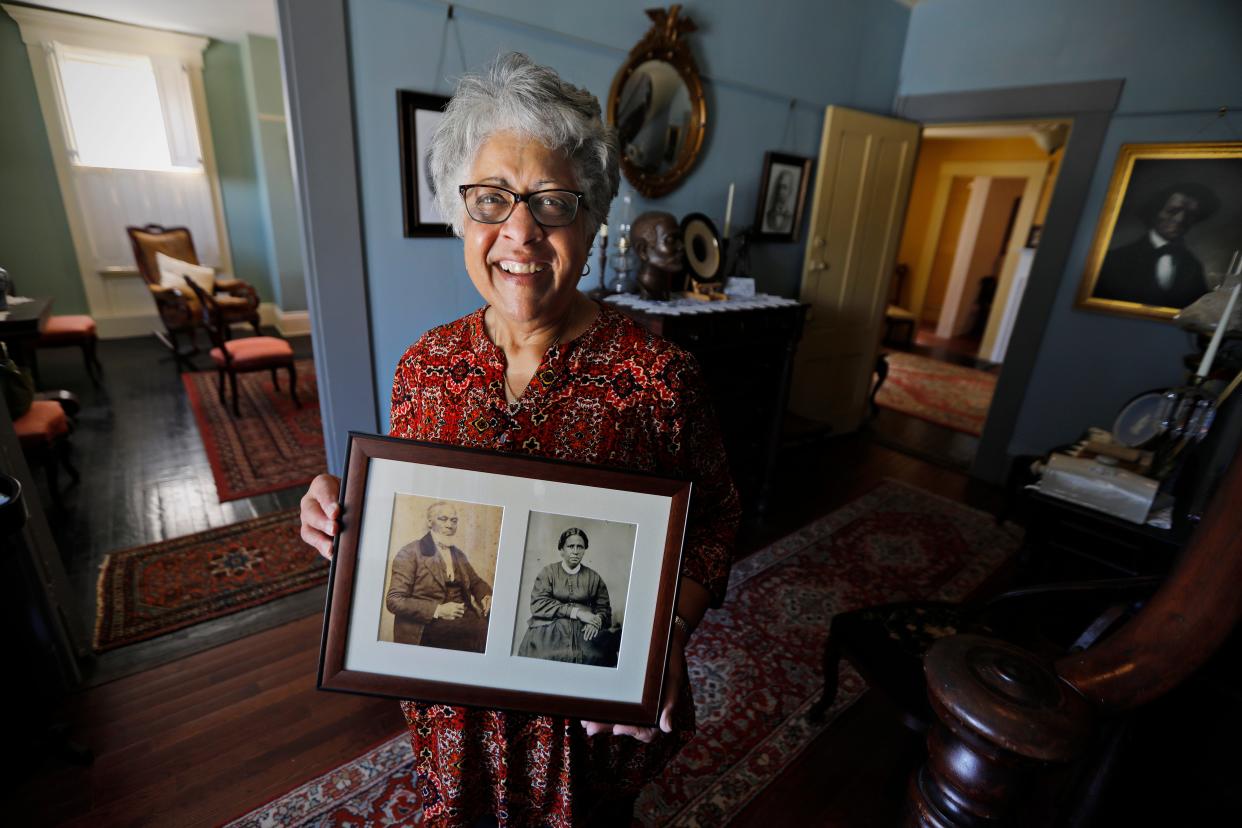
With February on the cold side and over 42 historical sites on the list, we asked Lee Blake, activist, educator, and president of the New Bedford Historical Society to recommend the top 6 places to visit to commemorate Black History Month:
Nathan and Polly Johnson House, 21 Seventh Street
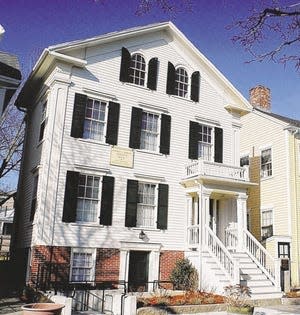
Known as some of the most active abolitionists in New Bedford, Nathan and Polly Johnson were prominent Black entrepreneurs who harbored many escaped slaves; most famously, Frederick Augustus Washington Bailey, whom Nathan renamed Frederick Douglass. The home was known as a shelter for freedom for many enslaved families and a temporary home for women of color to be sent to be educated. It was an active Underground Railroad hub from 1830 until 1863. Designated a National Historic Landmark in 2000 for Johnson’s efforts to eradicate American slavery, the home is one of the few properties in New Bedford to have this status. Tours of the house can be made by appointment.
“Most schools at the time were segregated, but New Bedford had integrated schools.,” said Blake, “Many people would bring their children here to New Bedford often to the Nathan and Polly Johnson House to attend school.”
Curious Southcoast: How abolitionist Mary 'Polly' Johnson made her mark on New Bedford
The 54th Regiment Massachusetts Volunteer Infantry Plaza - William Street and Acushnet Avenue
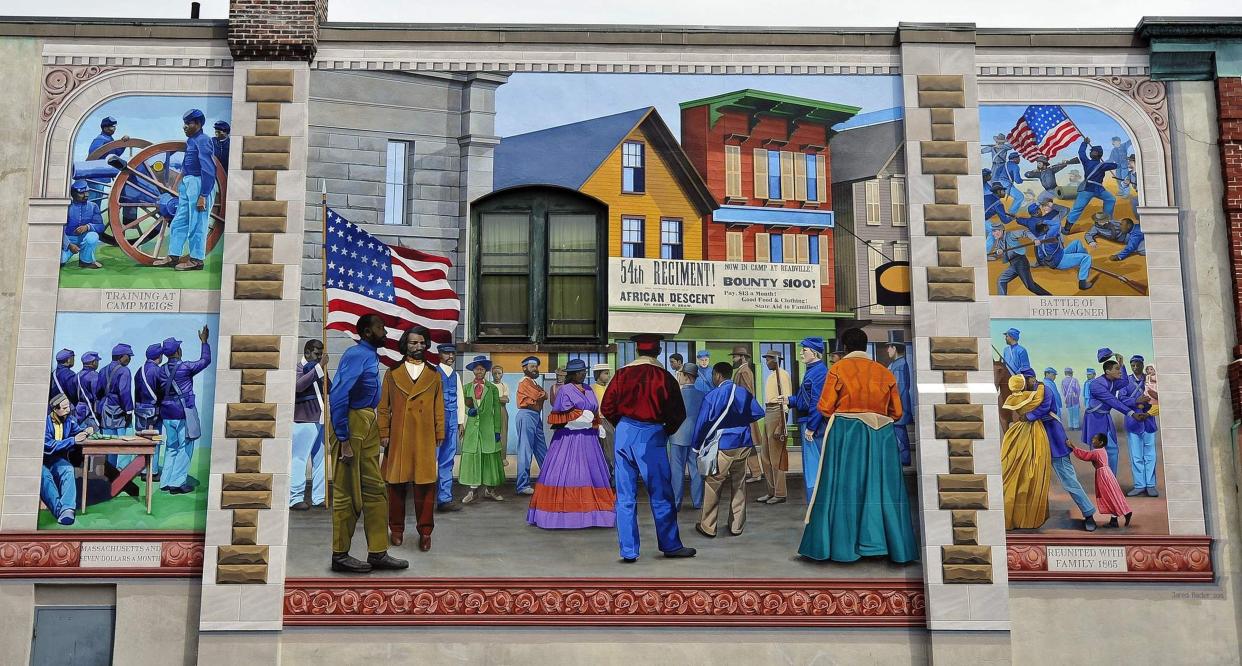
In the vicinity where these men were once recruited, the plaza serves as a memorial to the Civil War’s 54th and 55th Regiments, the 5th Cavalry, and the Navy men of color from New Bedford. In 1863, the recruits from New Bedford formed the first Black army unit in the northern states, known as the Massachusetts 54th Regiment. They were mustered into the 55th Regiment and then into the 5th Cavalry Regiment. These brave men faced the prospect of enslavement or execution if captured by the Confederate troops, fear for their families, and less pay than their white counterparts. Sergeant William H. Carney of New Bedford who was a member of the 54th Regiment was the first black man to earn the Medal of Honor.
“There are names of the men from New Bedford who served, education kiosks, and the mural of the 54th Regiment.” Black said, “It’s three sights in that area that focus on one important historical component of the Civil War.”
'I only did my duty': New Bedford students, officials, Guard members reflect on Sgt. Carney
Liberty Bell Plaque East wall of former Bay Bank - Purchase and William Streets
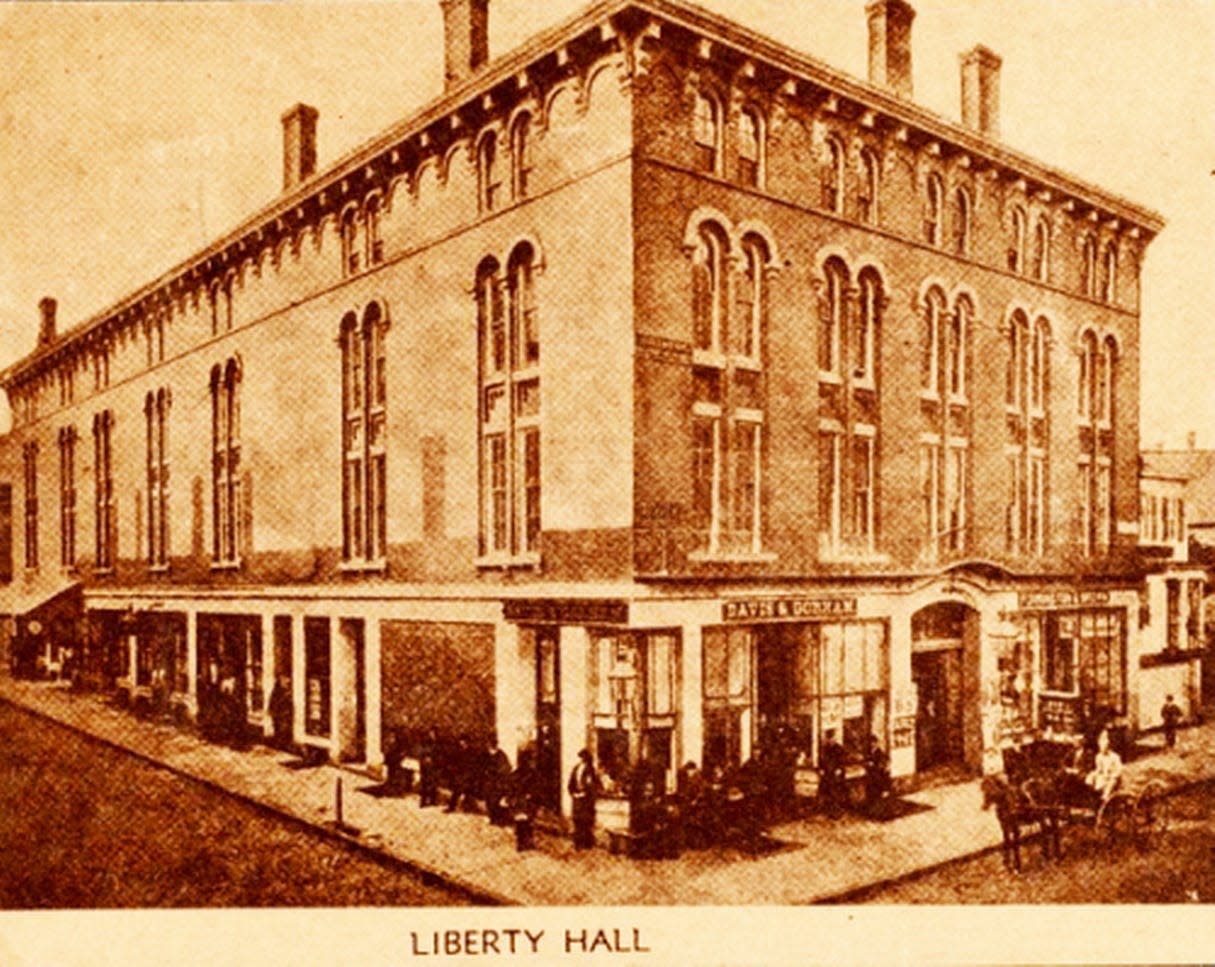
At the site of New Bedford’s Liberty Hall was the liberty bell that was used to warn fugitive slaves that U.S. Marshalls were on their way. A local group of abolitionists rang the bell when the marshals traveled to the north in search of escaped slaves, this warning gave the slaves time to hide from being apprehended and returned to their owners in the South. Liberty Hall was one of the places where all the top abolition speakers would come and share their messages. The Whaling Masters would support speakers series that brought the likes of Ralph Waldo Emerson, Charles Dickens, and Abraham Lincoln.
“It was at the time an opportunity that was opened for the citizens of New Bedford to hear the great speakers and thought leaders in the county. Blake explained.” It was wonderful conversations that are really missing in our culture now.”
A tale of one city: Dickens in New Bedford
New Bedford Free Public Library - 613 Pleasant Street
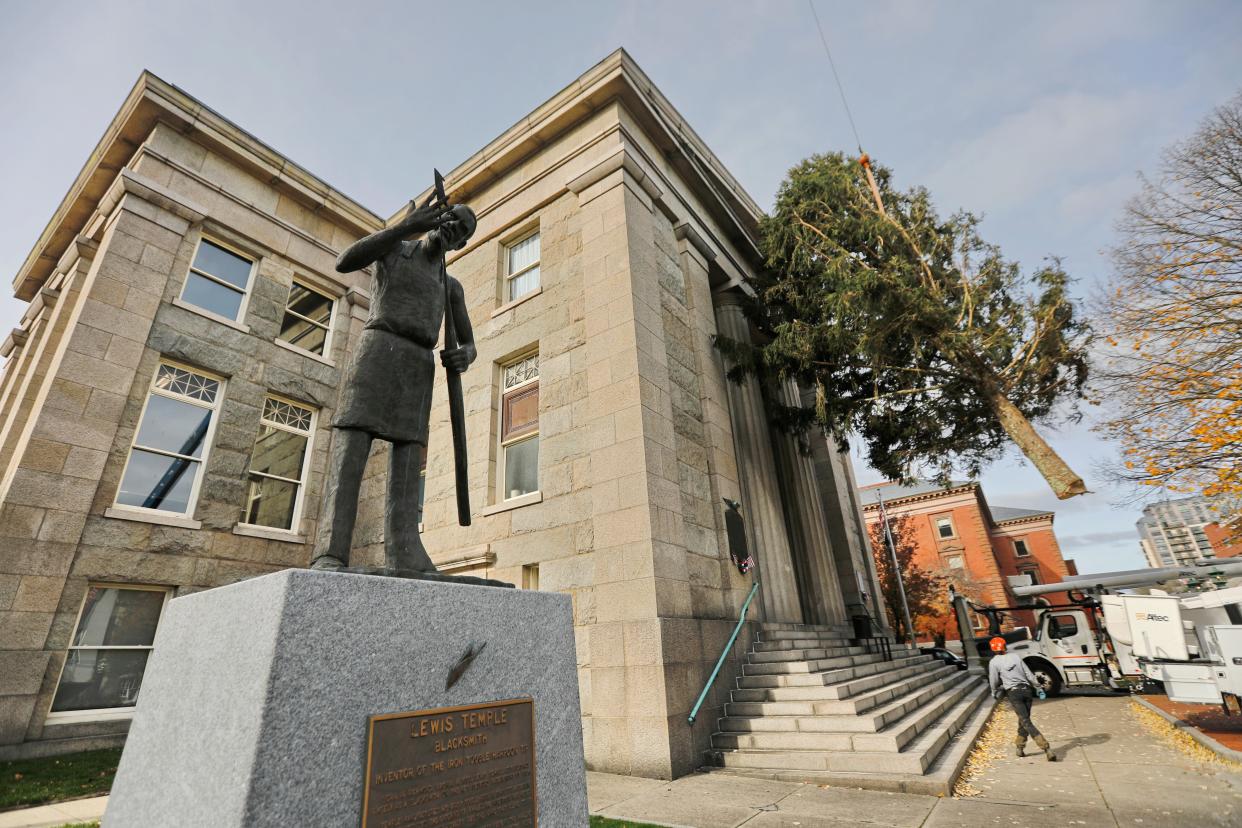
The New Bedford Free Public Library holds significant historical archives of the Black abolitionist community in the history room. There is a plethora of newspapers of the time period preserving the history of New Bedford's crusaders. The library is the sight of the Lewis Temple Memorial, a former slave who was vice president of the city’s first antislavery society, the New-Bedford Union Society, and the inventor of the toggle iron which changed the whaling industry. A monument dedicated to Frederick Douglass is also on display showcasing his role in anti-slavery advocacy. The library has a spot on the National Park Network to Freedom which is part of the Underground Railroad.
“They have the papers of Paul Cuffe, there are a number of African American and Cape Verdean historical characters in their papers,” Blake said.
Union Baptist Church – 109 Court Street
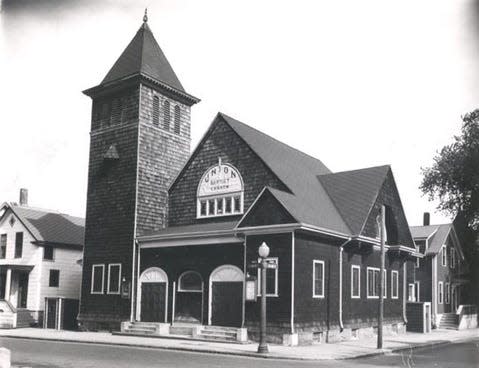
Know as the oldest Black church building in the city, the Union Baptist Church was founded by fugitive slaves. They helped to create a Black community in the city and were a leading institution in assisting fugitive slaves.
“Sgt. Carney was a member there, the Reed Family, the movers and shakers of the 19th-century African American community went to that church and helped form it,” noted Blake.
Unsung abolitionist: City to celebrate Rev. William Jackson
Abolition Row Park – 22 7th Street
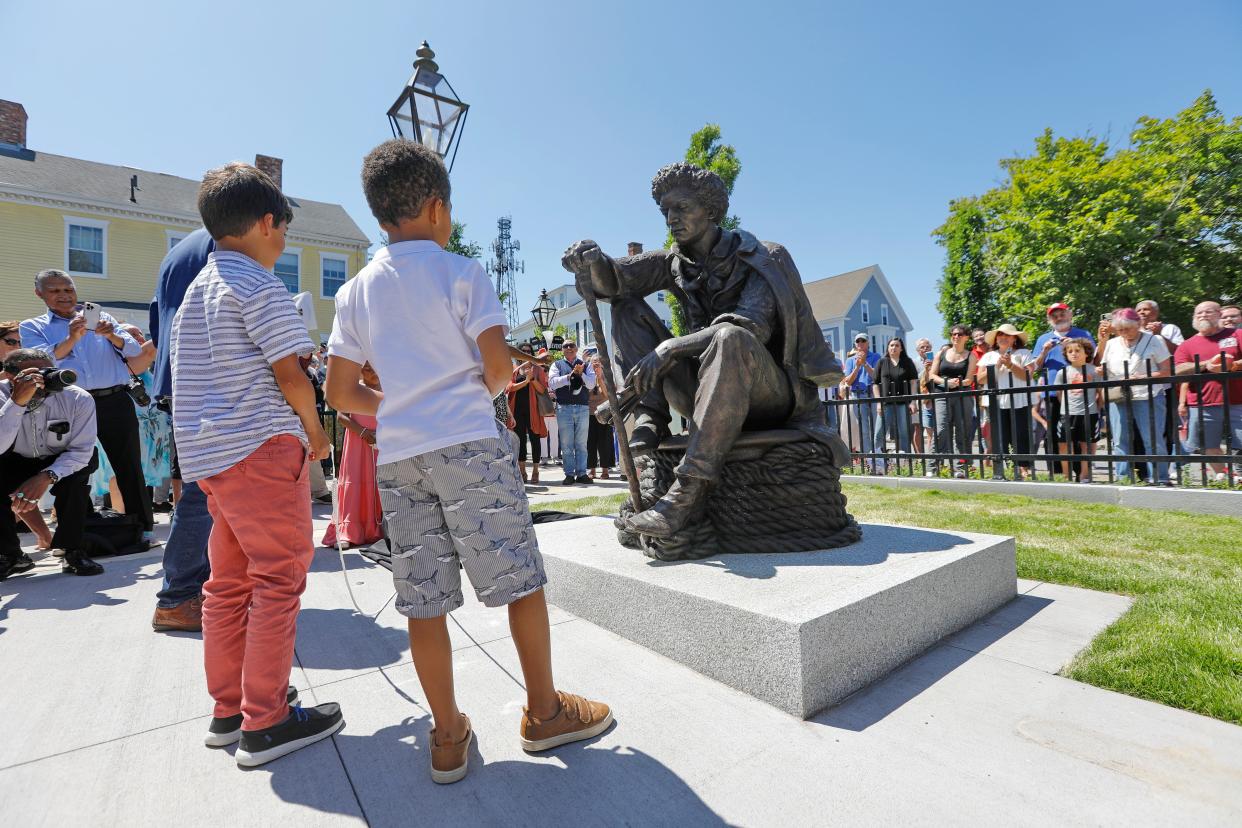
Surrounded by buildings crucial to the city’s anti-slavery movement and the Underground Railroad, Abolition Row Park highlights the local history of the area. It features a statue of Frederick Douglass, by Sculptor Richard Blake, nationally renowned for his artwork of Black historic figures. It is a permanent reminder of New Bedford’s role in the 19th century and aims to teach citizens and tourists about the city's welcoming nature and its fight against slavery.
"Black history is everybody's history. Black history is the history of this country," Blake said during the ribbon cutting of the park last summer.
New Bedford celebrates: historic roots with Abolition Row Park, Frederick Douglass statue
To see all the sites or go on a tour of the Black History Trail visit https://nbhistoricalsociety.org/historic-trails.
How to commemorate Black History Month?
When asked what she thought was the best way to commemorate Black History Month, Blake said “There is so much wonderful material coming out on African Americans and the history of the country — literature is a great start.”
“Every time you go on Facebook, or any of these other sites there’s new material to watch, to look at, and to participate in.” she continued.
The New Bedford Historical Society has a month-long series on its Facebook called “Did you know?” It helps to illustrate the history of people of color in the SouthCoast, highlighting the importance in history of lesser-known historical figures.
Blake also noted community events are a great way to get involved and participate in Black History Month.
“In New Bedford, our great community organizations all work together to make sure young people are uplifted by the history of the city.” Blake said.
This article originally appeared on Standard-Times: Commemorate Black History month with New Bedford's rich history
